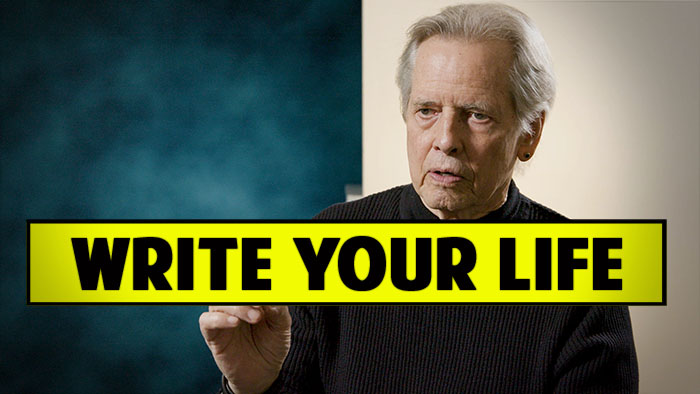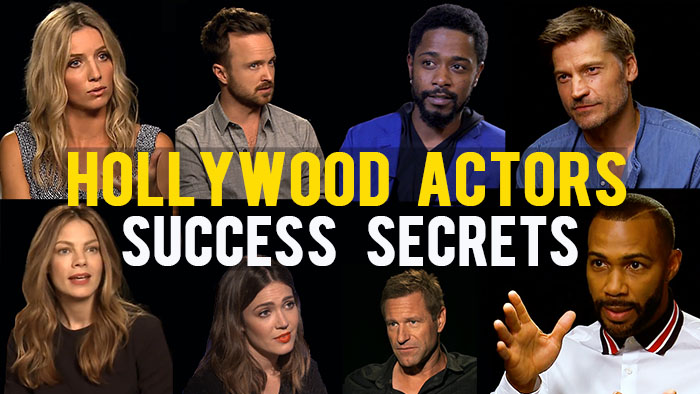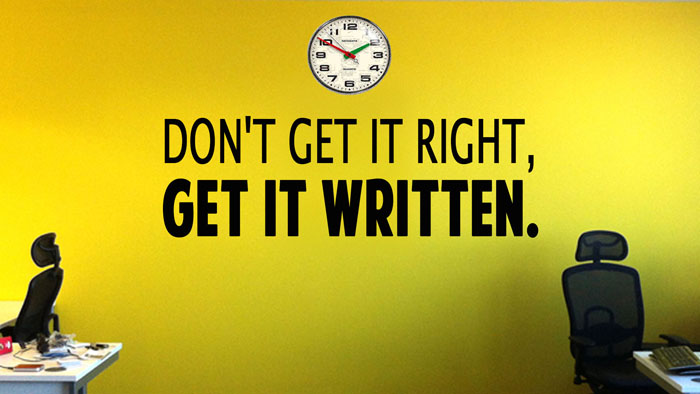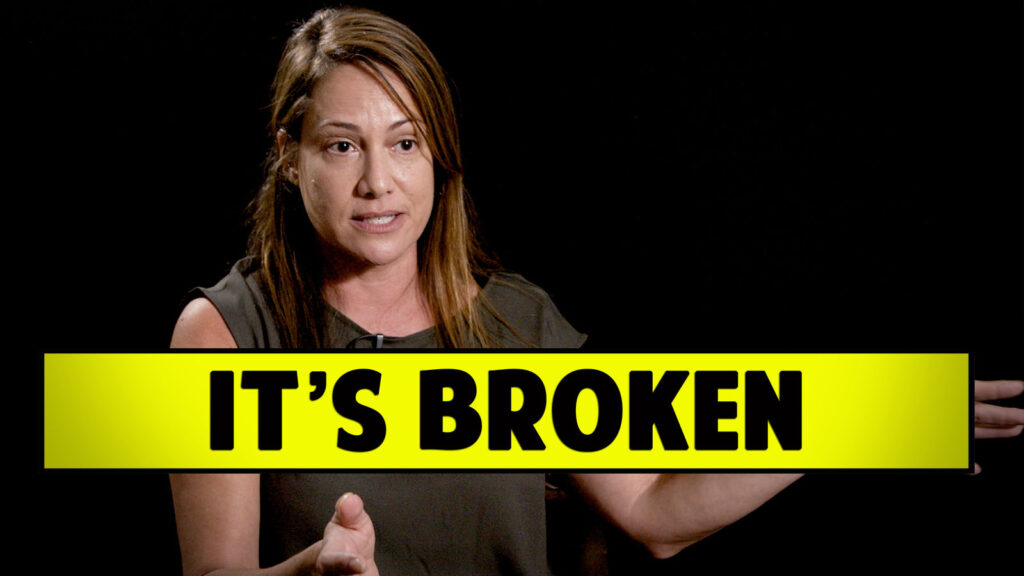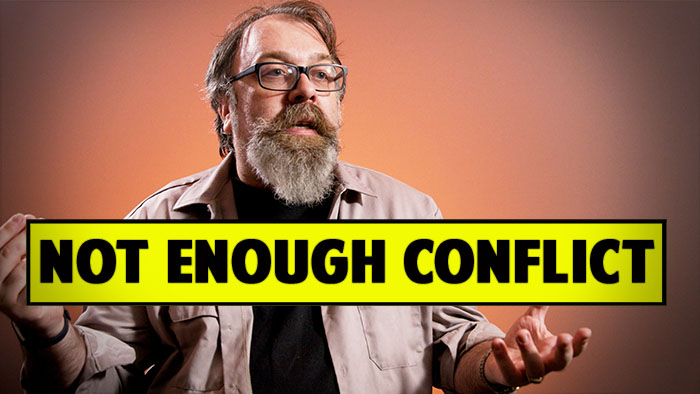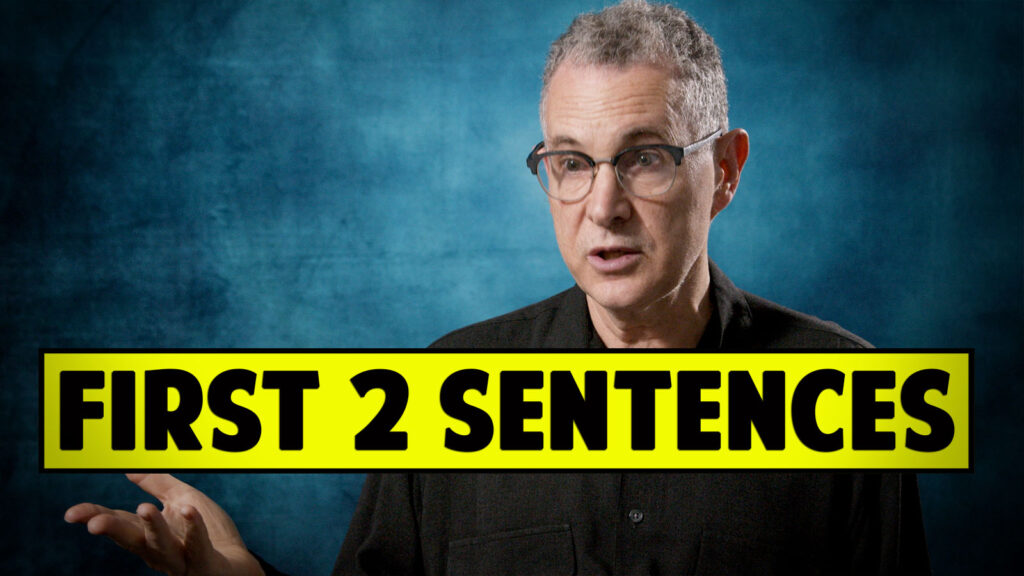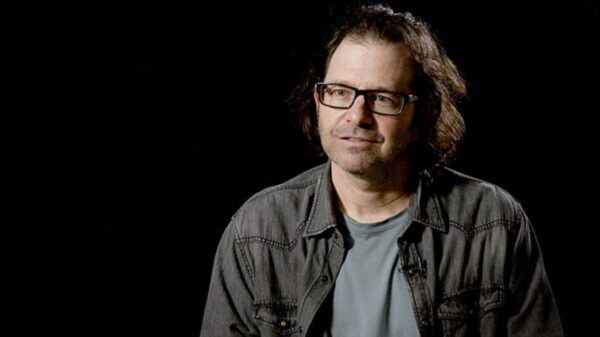
MICHAEL LAPOINTE – FILMMAKER/APP DEVELOPER/JOURNALIST
There is a certain structure to the movie trailer.
Much like a screenplay or a finished movie, this structure can be seen as a certain general formula that most movies or trailers follow. As Avatar has a certain Hero’s Journey Three Act structure, so does the trailer made for Avatar.
Before I dive into the general formulas, I would like to give a few tidbits I have learned from copy writing, producing, and editing countless trailers through the years. They are indeed opinions, but opinions gained from experience.
The first and most important tidbit is: do not make the trailer if you are the director of the movie. Also of note, do not let the editor of the movie make the trailer. In fact, if you had to choose between the editor of the film and a lesser editor, it is a better idea to let a lesser editor create the trailer. They have something much better than you, the director, and your editor have, they will start the project with objectivity. You, as the director, may have some very passionate, specific reasons for making the movie, and probably have a certain few scenes, or themes that really resonate with you. These however, may in fact, not resonate with the audience.
In addition, you as a director value art and will probably want to make a very original trailer; but, the percentage of society who value art (in this case I mean originality, creativity, novelty) is a very small number. That is not to say that people do not value art, it is just the majority of society values other things in movies more, be it entertainment, a romantic angle, themes of social equality, etc…
Making an artistic, original, and compelling trailer will only generate excitement for the small percentage of society that values originality over an entertainment factor or social equality theme, etc. (I am going to guess that most of you reading this at this moment might scoff at the last sentence; but, I am going to say that you are probably a film maker or enthusiast and in the minority of society that does value art as the top priority in their cinema.)
All of this leads into what a trailer is: a marketing tool. Regardless if your movie has just one character chatting in an empty room or warlocks throwing fireballs at dragons.
Trailers are made for marketing purposes. Generally to cast the widest net and get the most interest in seeing the movie. They are not meant to be artistic or original. Do I like this fact as a filmmaker myself? No; but, it is a reality.
Below is what we normally do structurally for a movie trailer.
In a lot of ways, a movie trailer is like it’s own movie. A trailer usually has three acts, with Act I ratcheting up with a twist to an Act II and then finally ending with another twist into Act III. However, where the trailer differs from the movie is that we are not necessarily, and often rarely, discussing all three Acts of the feature film. Act I of the movie trailer usually introduces the character, Act II of the trailer usually presents the hero’s dilemma within the story (in a movie we normally see the hero’s dilemma very early in Act I) and then a lot of the times a movie trailer will end it’s Act III with the Act I turn of the feature film or the midpoint turn.
An example of this is shown in Avatar’s movie trailer. We are introduced to Jake at ten seconds in, the trailers Act I. Then at thirty seconds in we hear his dilemma of “All I ever wanted was a single thing worth fighting for” which is the beginning of the trailers Act II. We then see the continuation of the trailers Act II by hearing of all the other dilemmas in the movie: the mining of Pandora, it’s residents, the Na’vi’s, plight to keep their homeland, Jake’s moral dilemma of getting his legs back if he cooperates against the Na’vi. Finally the trailer’s Act III, ends with Jake’s midpoint turn in the movie of fighting for the Na’vi.
(Watch the video interview here)
(Watch the video interview here)
I realize mentioning being original sounds completely disharmonious to what I wrote earlier about artistic trailers; but, the key is to have a nice mix of hitting the right marketing themes and to add in a sliver of originality that makes the audience feel this is a novel movie. Too much originality, as I argued above, makes the audience feel like it’s going to be an art film, which is not of a high value to them. But you want to give them enough originality and a twist on the same old romantic story they have already seen so that they know that this is not a movie they have watched before, and therefore they will buy a ticket to see the film. It is a tricky mix for trailer makers.
One last general thought, we are not telling the story of the movie, we are telling the story of the trailer. It is it’s own separate tool to get an audience in the theater.
Check out a few examples of Michael’s work here:
Michael LaPointe helms the multimedia company, Pointe Media, which has garnered numerous accolades and clients through the years including being featured in 25 film festivals worldwide and providing content for WB/Reprise Records, Redken, Showtime, and many others.
(Watch the video interview here)
Michael LaPointe helms the multimedia company, Pointe Media, which has garnered numerous accolades and clients through the years including being featured in 25 film festivals worldwide and providing content for WB/Reprise Records, Redken, Showtime, and many others.


















